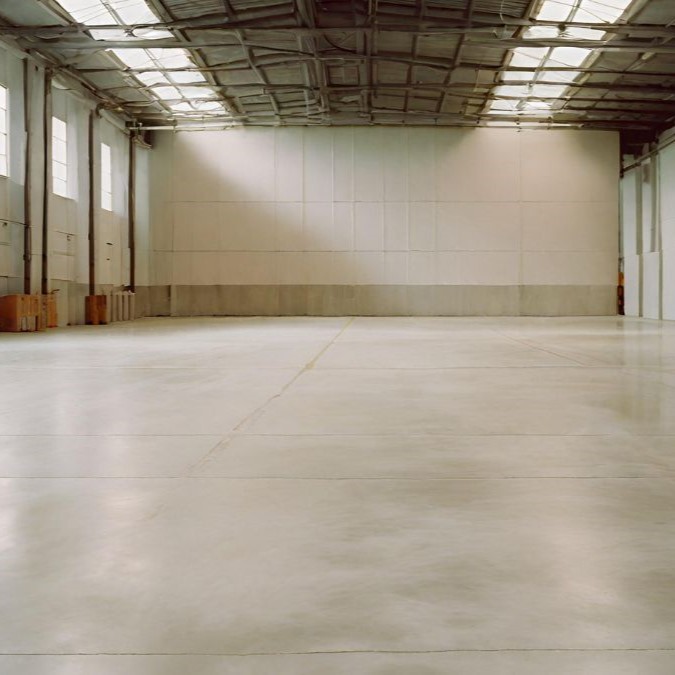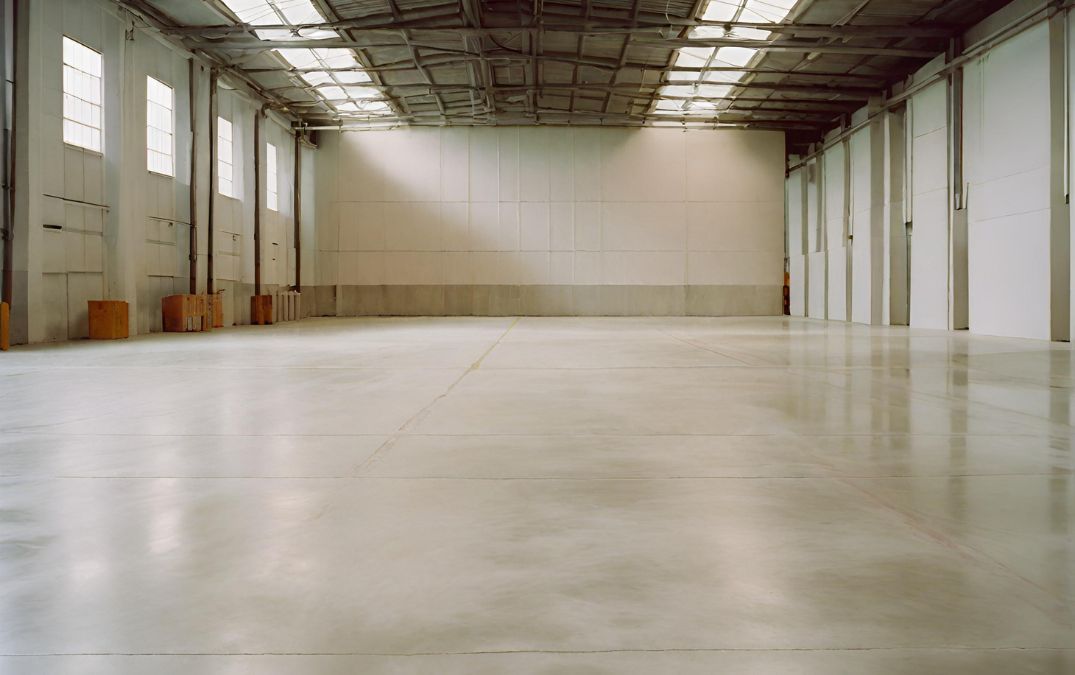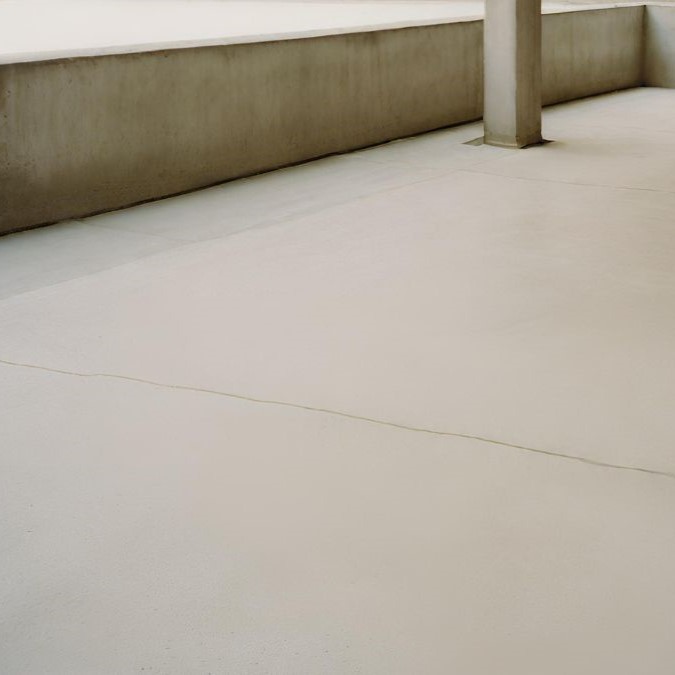Does concrete stick to wood?
Concrete does not naturally stick to wood because the two materials have different textures and properties. Wood is porous and can absorb moisture, but it lacks the necessary surface roughness and chemical properties for concrete to form a strong bond. While the concrete may appear to adhere to the wood initially, the bond is typically weak and can easily break over time, especially as the wood expands, contracts, or moves due to changes in temperature and humidity.
In saying that though, if you need concrete to adhere to wood for a specific project, you can improve the bond by treating the wood with a bonding agent or by using screws or other mechanical fasteners to hold the concrete in place. Another approach is to use a mesh or lath as an intermediary layer between the wood and concrete, which provides a better surface for the concrete to grip. Even with these methods, the bond may not be as strong as concrete on more compatible surfaces like metal or stone.



